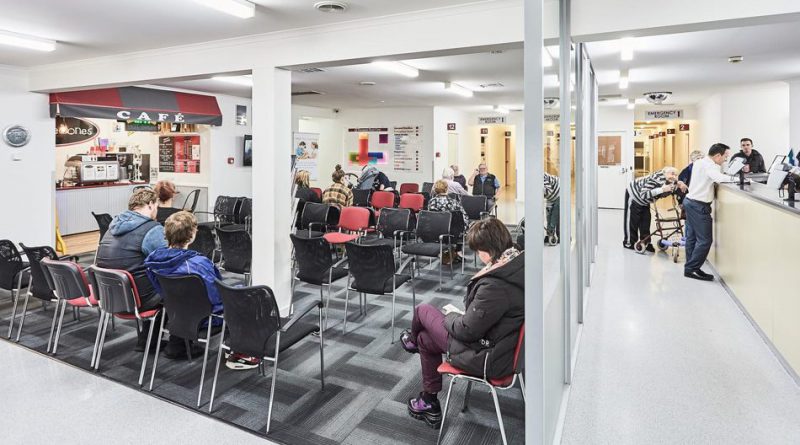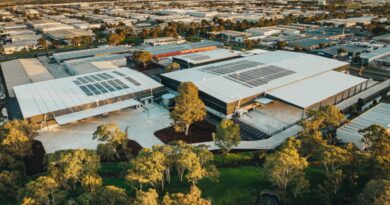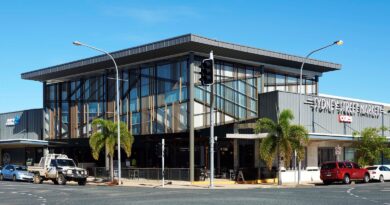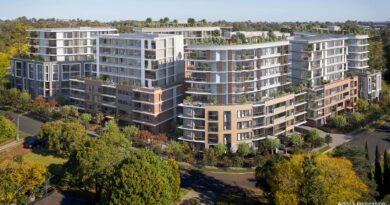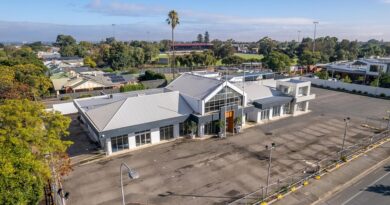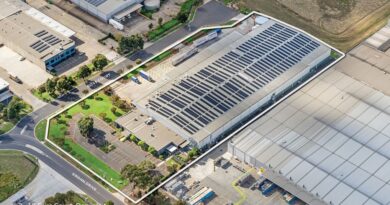Melbourne healthcare property: a snapshot
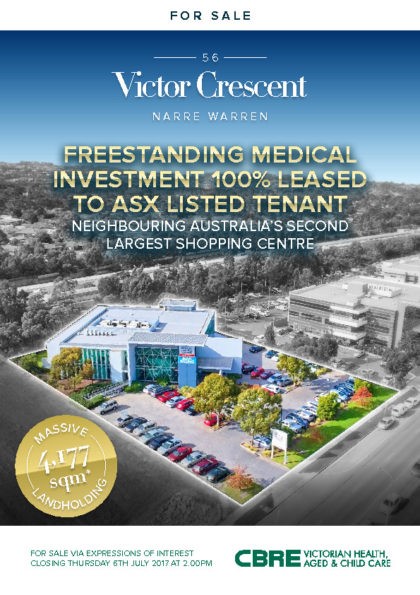
With a population of nearly five million, growing at more than 125,000 annually; changing demographics and new living habits – high density in the suburbs – Melbourne has a sophisticated, diversified essential services property sector.
Healthcare related real estate can include anything from small strata suites to multi-tenanted centres worth nine figure sums.
Last week, an $8 million Sunshine hospital hit the market.
At $2.3 billion, Royal Adelaide Hospital was as at 2017 Australia’s most expensive property to build.
But while attention to healthcare real estate has been limited (it is mostly reported as either part of the retail or office sector) it has a following.
Private investors are amongst the most prominent buyers, according to CBRE’s Jimmy Tat.
“Both domestic and international investors our team deal with have a particular focus on healthcare investments broadly which can include GP clinics, dentist or aged care facilities,” the agent added.
How is healthcare property different from office or retail?
Often it isn’t.
A medical professional can set up a practice in an office or retail space – and if this property were listed, it would be as a medical investment.
CBRE’s Marcello Caspani-Muto said “like office and retail property, healthcare occupiers often seek locations in central areas which are well connected to both public transport and amenity.”
“However often most important of all is the property’s proximity to complimentary medical offerings,” he added.
“These act as feeders for healthcare operators with consumers in today’s marketplace concerned with convenience above all else”.
What is the state of the healthcare investment market?
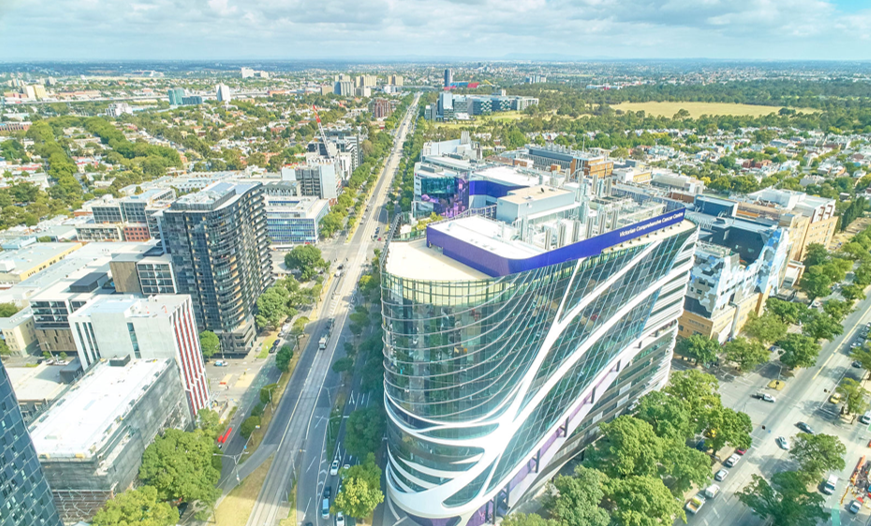
For a variety of reasons, population growth amongst them, Australia’s healthcare property market is expanding in area.
Mr Sandro Peluso said the sector is also evolving, with consumer expectations and new technologies.
The Australian Bureau of Statistics said 15 per cent of Australia’s population is aged over 65 years.
“Forecast to increase exponentially, this figure is expected to reach 22pc by 2056, equating to 8.7m Australians,” according to the agent
“With an older population more likely to claim the benefits of health insurance, this translates to an ongoing improvement in demands for medical services,” he added.
Mr Caspani-Muto said “in the shorter term the country’s population is expected to reach 36m by 2050, an increase of more than 10m people from Australia’s last record level of 24.13m.
“With a greater number of residents comes an increased requirement for medical services, adding to the already significant level of healthcare demand expected from the country’s ageing population”,
Healthcare property drivers
Land value, favourable zonings
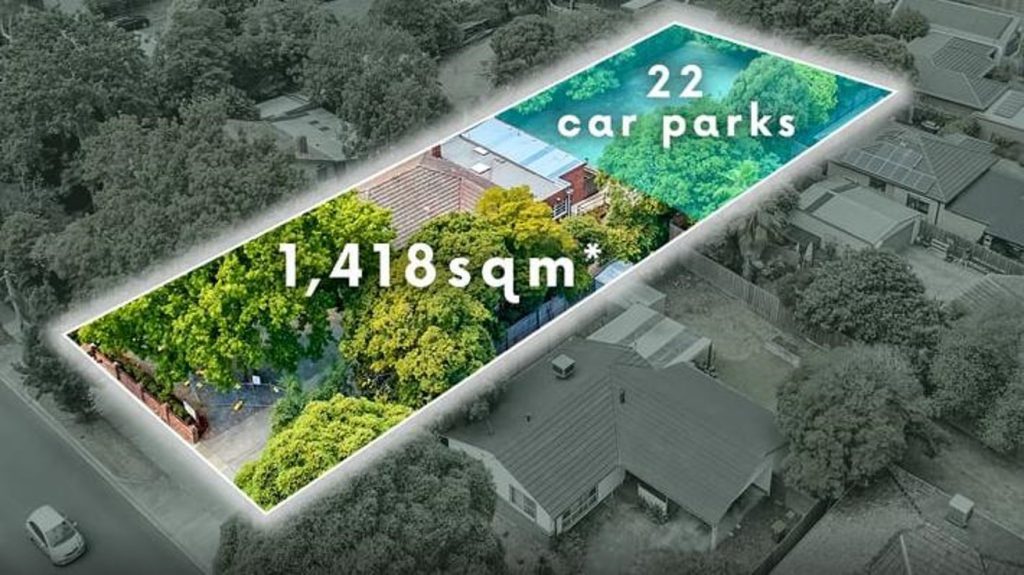
Often on oversized, centrally localted Commercial 1 zoned sites, healthcare property with imminent vacancy often winds up in the hands of a developer.
Some properties occupy Capital City 1 gazetted parcels, which allows for large-scale projects.
Recently, developer apartment builder Hamton acquired the then-empty Cotham Private Hospital in Kew – a 2245 square metre hectare holding.
Last week producers of hit TV show The Block bought Brighton’s former Andrina Nursing Home – on 2775 sqm.
Tenants can stay long-term
Fit-outs for healthcare businesses are not cheap – a factor the agents said keeps occupiers committed for longer than many office and retail tenants.
Often, clinic rooms need multiple sinks – or to have bathrooms connected. Sometimes spaces and doorways need to be made bigger for things like machinery or movable beds.
Permits would be required for some sites, if practitioners plan to work there.
Many operators are reluctant to move once they have established a clientele in an area, they added.
Developers have taken note – however, with some speculatively building healthcare product.
Last June, for example, former Colliers agent turned builder, Tim Bolton, sold MS Limited a new four-storey office at 120 Thames Street, opposite Box Hill Hospital, with permission for 20 specialists.
Doctors sell too, often with leasebacks
Consult Solicitors principal Daniel Hirsh said several medical professionals sell their properties with long leasebacks in place to their practice.
This structure, the lawyer said, “allows practitioners to continue to operate…after the sale, and at the same time free up capital or retire debt.”
“It is a compelling set up for investors because their tenant has often put years into building up the practice, has worked intimately with the local community and has a vested interest in the ongoing success of the business,” he added (story continues below).
“This translates to a reliable return”.
Valuable permits
“The majority of healthcare properties sold require a specific medical permit in order to be operated as clinics or dentists,” Mr Twelftree said.
“We have seen permits ranging from one to 15 practitioners, with this number often predicated on the properties on-site parking allowance,” he added.
“In unique circumstances some healthcare related properties are allowed to trade for longer hours than your standard retail and amenity.
“The granting of these operational practices comes down to location and more often than not the operator’s willingness to do so.
“Given most 24 hour practices are bulk billed, the financial incentive for staff to work these longer hours is often not in place,” according to the agent.
“This makes 24 hour offerings incredibly rare within the current investment market. ”
Healthcare supply
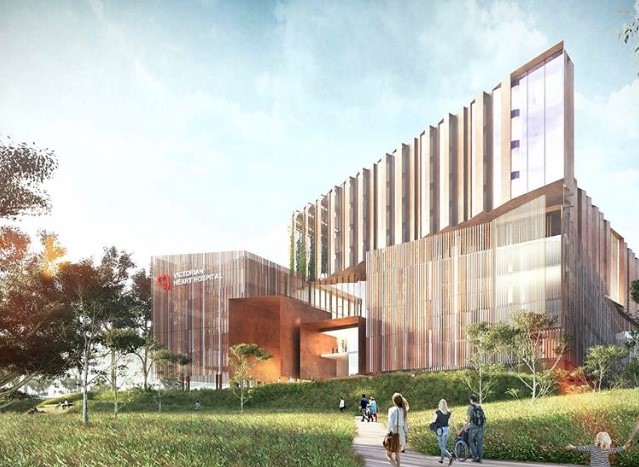
Healthcare related development often falls under the umbrella of community space in Victorian government planning.
Two major medical centres recently announced include a replacement Footscray Hospital and the Victorian Heart Hospital, at Monash University.
This product is also expected to feature prominently in La Trobe University’s recently announced $5b redevelopment.
Healthcare investor demand
REITs
Perhaps because it can fall under office, retail or community – many institutions find they hold healthcare investments.
Stockland holds a major portfolio, and continues to build, aged care assets.
“For REITs, the strength of the medical sector was solidified during the Global Financial Crisis when healthcare returns remained steady while value in other staple assets declined significantly,” CBRE Research said.
“Simply, REITs are designed to generate profit in the form of capital growth and rental income,” the report added.
“With a long-term history of investment, many of the country’s largest REITs choose to capitalise on medical assets in the formulation of a balanced portfolio.
“For REITs, the strength of the medical sector was solidified during the GFC when healthcare returns remained steady while value in other staple assets declined significantly..
“As such, healthcare assets are seen by both private and institutional investors as ‘recession-proof’”.
Last October, RAM Group spent $11.25m on its first asset for the healthcare focused Australian Medical Property Fund.
Head of real estate for that manager, Will Gray, said “any asset we look at needs to have at least 50pc of rental income from medical-related tenants…this could include GP clinics, day hospitals, overnight hospitals, specialist facilities or allied health providers such as dentists, physiotherapist or ancillary medical service providers such as pharmacies”.
AMPF also requires 90pc-plus occupancy and for a significant portion of tenants to be on leases expiring after five years.
Private investors
Private investors, either individually or in partnership, have traditionally driven the market.
They chase assets across all price points, they said.
Some buyers invest to diversify their portfolios.
Mr Twelftree said since 2016 CBRE has seen “a substantial increase in the number of private and local and international investors transacting a number of freestanding medical centres ranging in value from between $2m-$22m”.
Aged care accommodation providers
Aged care accommodation providers often outbid developers for stock: recent examples include former primary schools at Keilor and Avondale Heights.
An ex-reception centre in Essendon, permitted for townhouses was snapped up by operator Arcare for $13.5m – 35pc over guide.
Japara recently spent c$10m on three homes to expand its Elanora complex in Brighton. Two of them were offered permit-ready for townhouses.
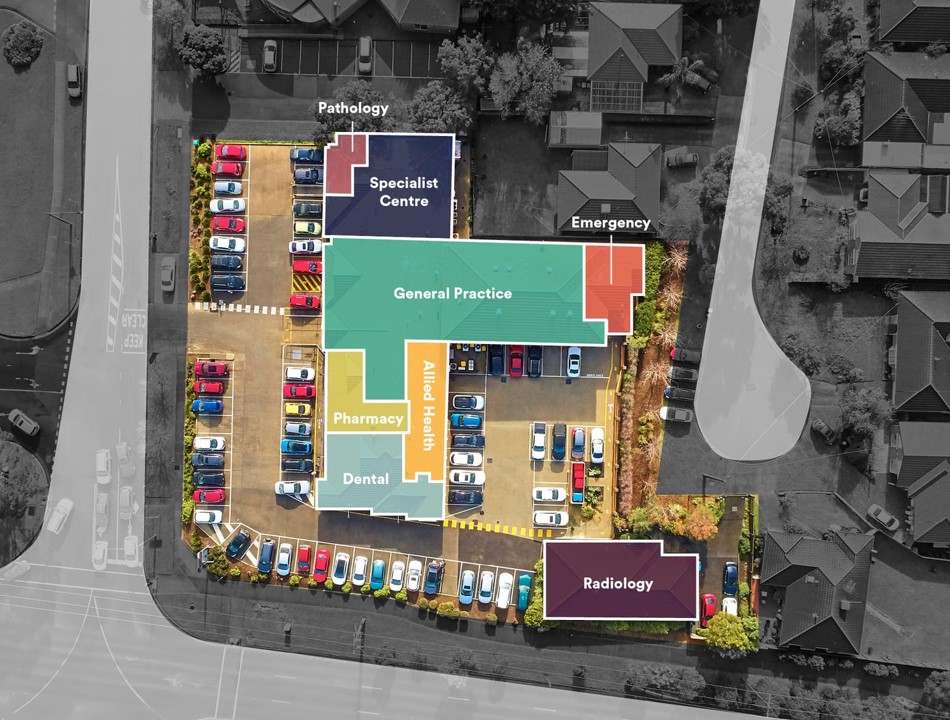
Last year, the Australian and New Zealand Intensive Care Society leased a Camberwell property and sold a small office it occupied in Carlton.
MS Limited, instead, opted to continue owning its accommodation – staff earmarked for the new office will come from another it holds, at Blackburn.
Recent major sales

Source: CBRE/realestatesource.com.au

